|
THE GREEN MAN
Throughout Europe there are several thousand known examples of the Green Man, with many more to be discovered. The earliest of these date from the beginning of the Middle Ages. They were common throughout the Medieval period and in some ecclesiastic building they may be counted in the dozens.
This popularity came to an abrupt end, in Britain at least, with the reformation. The new simplified approach to Christianity brought about a backlash against the colourful and symbolic imagery of the Roman Church. Sculptures, paintings, windows and decorations of all kinds, not only Green Men, were destroyed, white washed over or simply forgotten. In subsequent years some rare examples continued to be produced for secular buildings such as the gates of Hampton Court Palace.
With the Victorian Gothic Revival the Green Man became popular once again. It was an accepted design element in the sculptors repertoire and from this time onwards may be seen in both religious and secular buildings including churches, civic buildings and private houses.
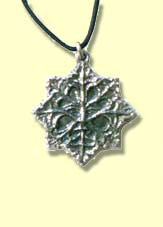 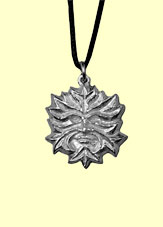 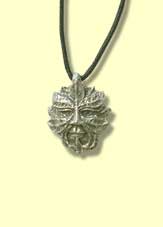 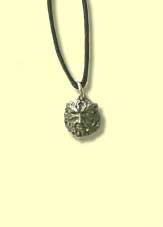 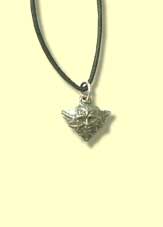 
Now more often seen within children’s stories, but still a favourite image among many modern wiccans and witches. The origins of the traditional image of the witch, with her pointed hat and broom, are lost in the mists of time. However, Witches are depicted in medieval illumination riding on brooms and pointed - brimmed hats are known to have been associated with ritual and magic in the bronze age.
The earliest know picture of witches flying on broomstcks may be found in a French manuscript ~ written about the year 1440 ~ known as Le Champion des dames, by Martin le Franc.
   
PRIEST OF ODIN
The early 6th c. helmet discovered at Sutton Hoo is adorned with decorated panels. These show the dancing warrior-priests of Odin, with spears and raven horned helmets.
 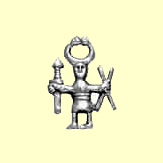
www.greenmangatekeeper.com
|

